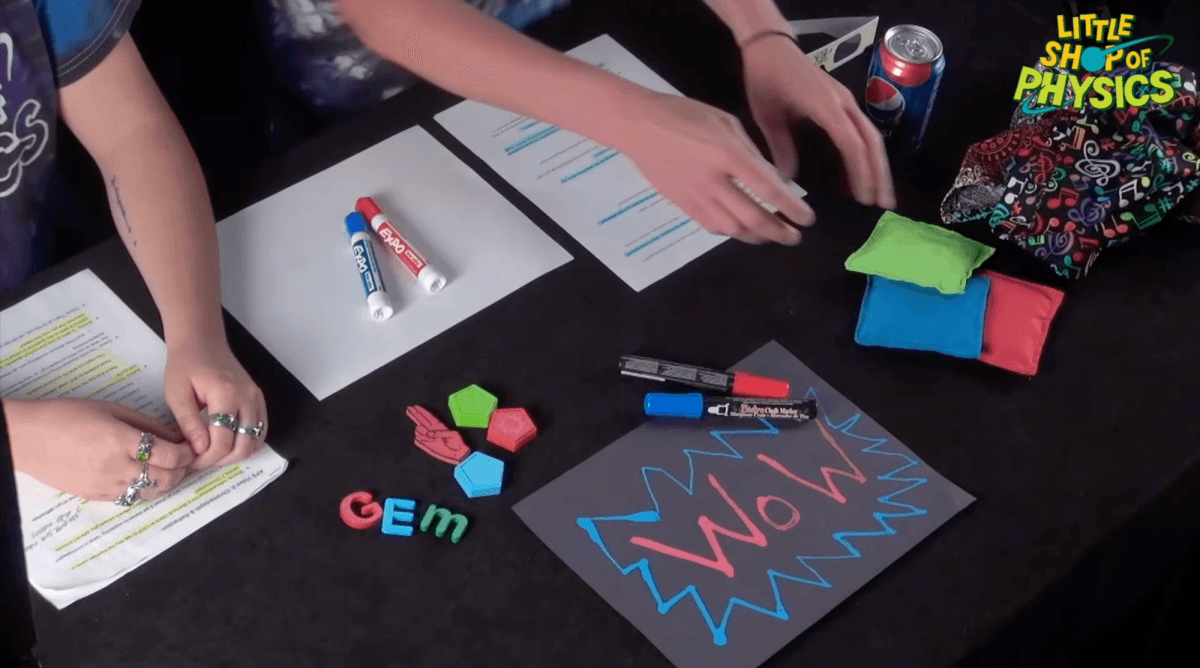Now that we know a bit about waves, we’re going to focus on light waves in particular. Optical devices like lenses, mirrors, and fiber optic cables use reflection, refraction, or diffraction to move light around. You’re probably already familiar with reflection — it’s the bouncing of light off a surface. The optics found in the ChromaDepth glasses you’ll explore with today combine refraction and diffraction to bend light and create a 3D effect. You’ll get to explore this 3D effect, create 3D art, and come up with possible applications of using ChromaDepth technology elsewhere.
After reading the introduction, what is your essential question or objective for this activity?
